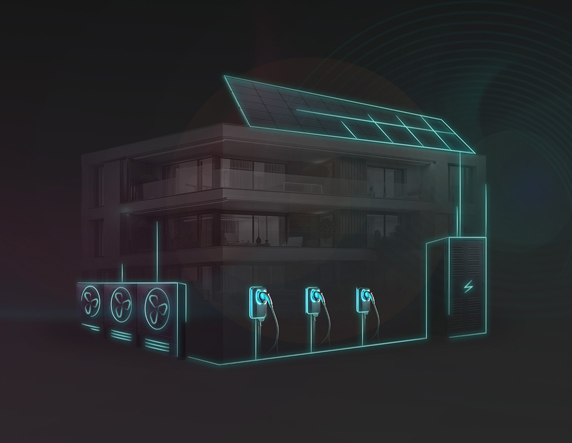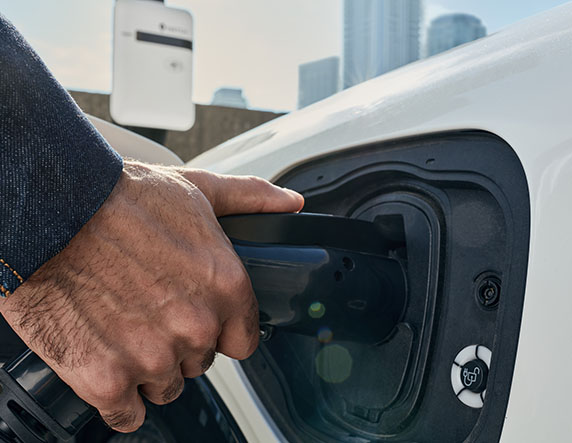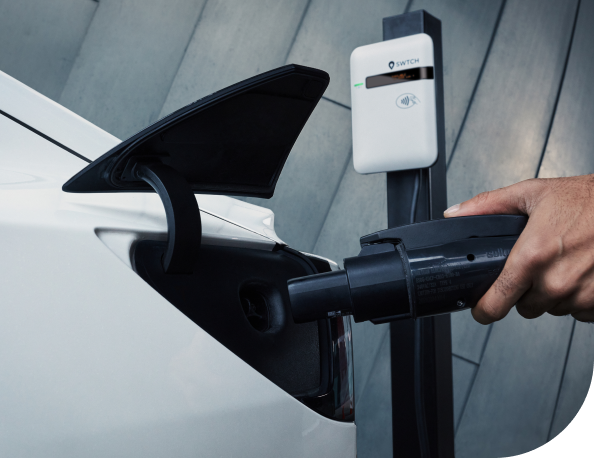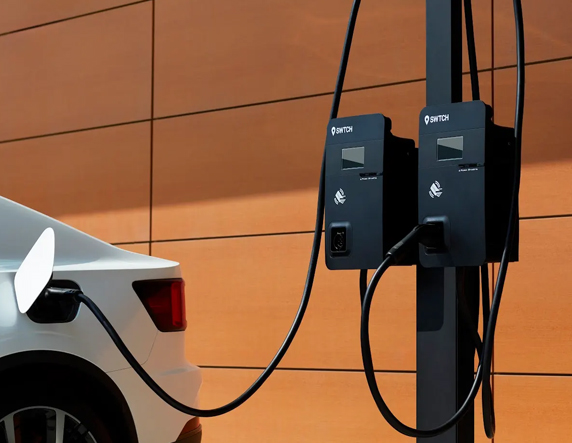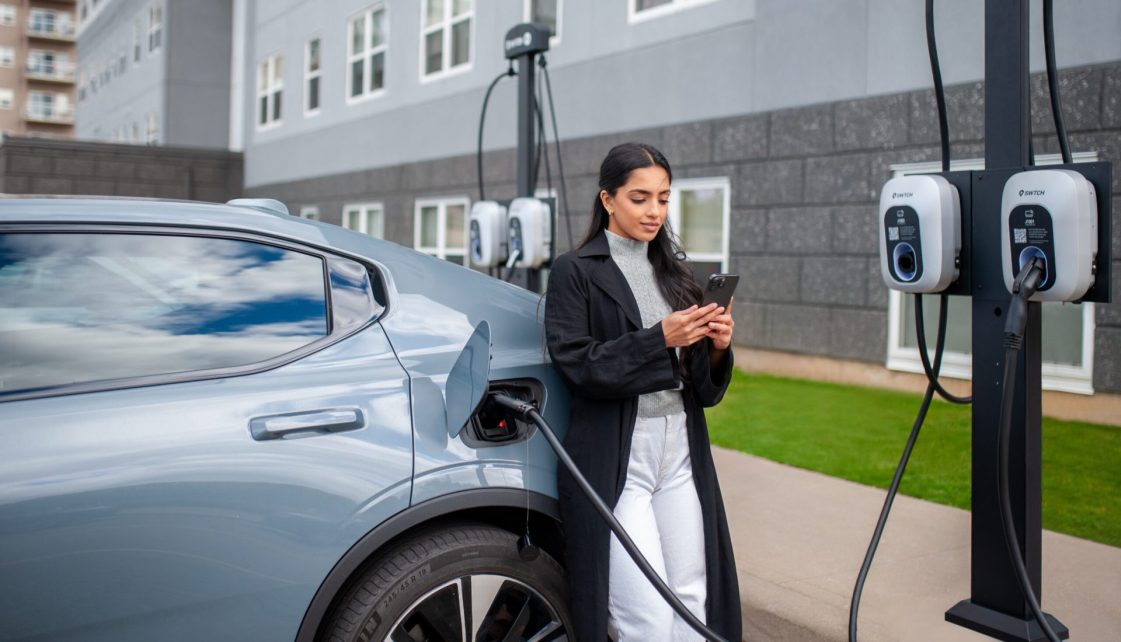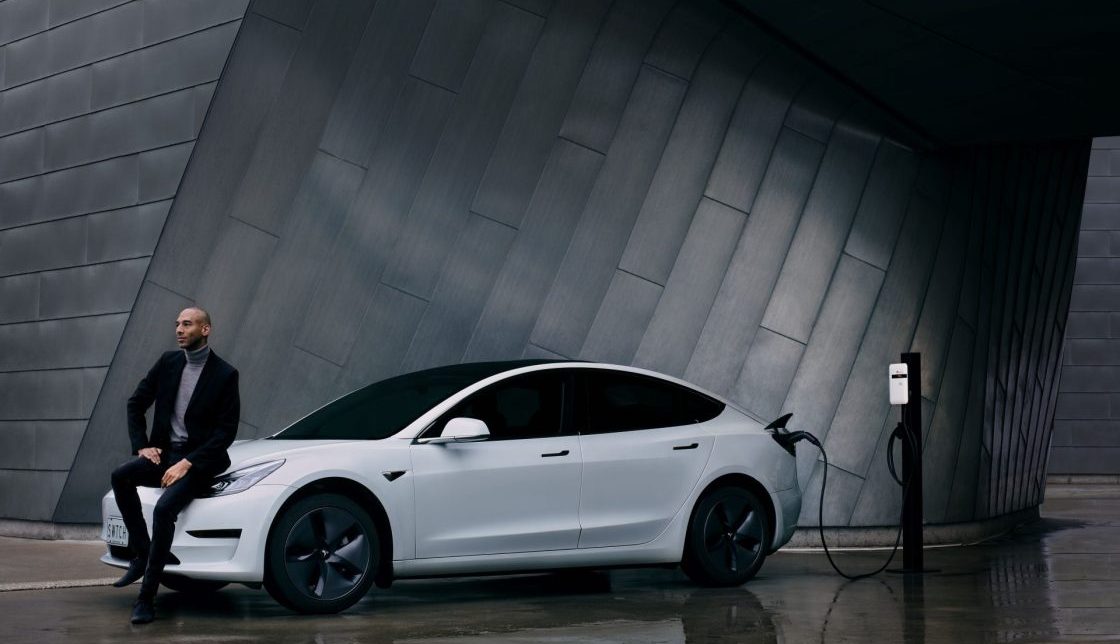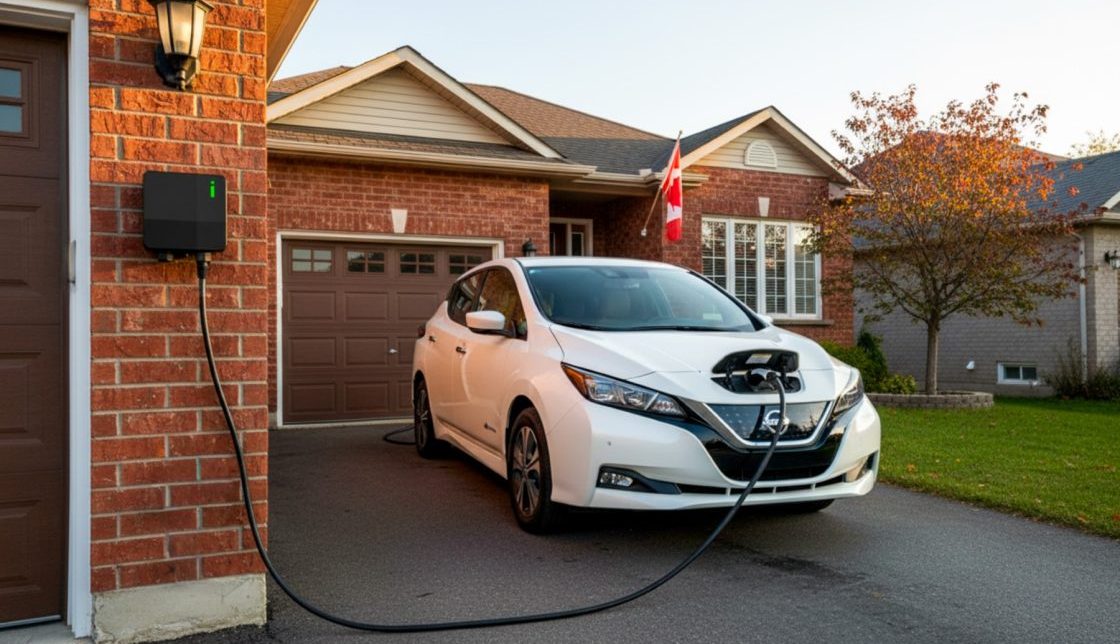Index
EV Drivers Are Frustrated With Public Charging—And It’s Creating Opportunities for Property Owners
Here’s a puzzle for you: EV charging reliability improved in 2025—according to J.D. Power, failed charging attempts dropped from 19% to 14%—yet driver satisfaction hit its lowest point in years.
How does better performance lead to unhappier customers? The answer is that it takes more than gradually improving charger reliability to produce a charging experience drivers love. And problems do persist, particularly in the public charging arena.
What’s exciting, though, is that the specific challenges faced by public charging networks can easily be addressed by property owners at multifamily, workplace, and commercial properties.
While public charging companies struggle with structural limitations across thousands of remote locations, property owners can deliver the consistent, premium charging experiences that EV drivers are increasingly demanding—and willing to pay for.
Key Takeaways
- Market Gap: Few multifamily properties offer EV charging, but prospective EV buyers say they would pay premium rents for reliable on-site charging access.
- Structural Advantage: Property owners can solve core problems that public charging networks have difficulty with—ensuring reliability, eliminating app chaos, maintaining safety, and creating seamless user experiences.
- Revenue Opportunity: EV ownership is projected to reach 30+ million vehicles by 2030, creating sustained demand across multifamily, office, retail, and hospitality properties.
- Implementation Support: Charging-as-a-Service models eliminate upfront costs through revenue sharing, while incentive and rebate programs cover thousands in installation and upgrade costs.
- First-Mover Timing: With 95% of properties lacking charging infrastructure, early adopters can establish competitive advantages before the market becomes saturated.
Contact SWTCH to set your property up for EV charging success
The “Dissatisfaction Paradox” of EV Charging
The reason EV charging satisfaction is decreasing even when EV charging is generally more reliable is, in part, because both prices and expectations are increasing. When 1 in 7 public charging attempts still fail, EV drivers are essentially saying: “We thought this was getting fixed, but service is still too unreliable, and prices are going up.”
This creates a “dissatisfaction paradox,” where improvements to core metrics are unable to prevent reduced customer satisfaction. And even with ongoing improvements, according to J.D. Power, charger reliability has emerged as a primary source of driver frustration, while high costs remain the least satisfying aspect of the experience.
The Challenges of Public Charging
By their nature, public charging networks face certain challenges or constraints that make it more difficult for them to achieve the highest levels of consistency and quality in EV charging performance.
- They typically manage hundreds or thousands of scattered locations
- There may be inconsistent maintenance protocols across their network
- Networks often have limited or no control over surrounding safety and user experience
- Industry-wide payment and access fragmentation make for an overall inconvenience for drivers
To be clear: There are plenty of public charging networks that do an excellent job of providing a high-quality, convenient charging experience. They do it through high standards for reliability, a commitment to cross-network access through roaming programs, or innovative approaches to providing charging.
But the fact remains that public charging faces inherent challenges that are either reduced or absent in property-based charging.
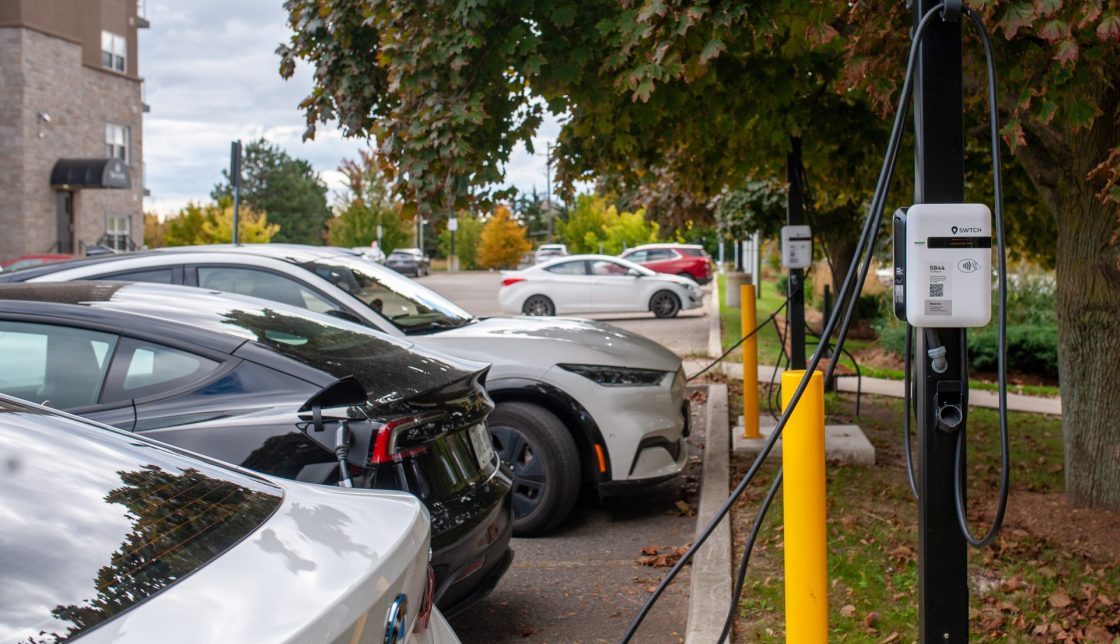
Five Strategic Advantages Property Owners Control
By virtue of its smaller scale, property-based EV charging naturally avoids or solves several of the core problems that are hindering public charging satisfaction.
Reliability Is More Controllable
When you own the location, you control connectivity, maintenance protocols, and environmental factors. Typically, EV charging networks will report or guarantee 97%+ uptime rates, compared with the established uptime of approximately 86% for public networks.
The Price is Better (for Everyone)
Property-based charging is typically less expensive than public networks (Kelley Blue Book), especially compared to DC fast charging. Property owners keep prices lower to keep tenants happy (important for folks who live or work at your building) and encourage utilization, and drivers make use of the chargers because they’re a great deal compared with public options, driving more revenue to the property owners as a result.
Safety Becomes Easier
Charging takes place in familiar, secure environments that people trust, such as the parking lot for their apartment building or the garage at work, rather than in isolated parking lots where lighting and security may be lacking (both known to be important factors in improving EV charging safety).
Access is Seamless
When EV charging is integrated with building access and other amenities through a tenant experience app, property-based charging becomes frictionless and convenient. Public charging, on the other hand, still often involves drivers using multiple apps or carrying multiple RFID cards to access different charging networks
Charging Becomes Convenient
Charging happens while people sleep, work, or enjoy building amenities—transforming idle “dwell time” from a burden into productive, diverting, or revenue-generating time. Public charging, on the other hand, still often involves waiting around near a car until it’s finished charging.

The Numbers That Should Get Every Property Owner’s Attention
It’s difficult to determine the exact number of multifamily properties that have EV charging, but what is certain is that only a small percentage of apartment and condo buildings today either have or are even actively searching for charging solutions.
This is a strategic error. Not only because EVs are expected to take over the market over the next decade, but because 58% of renters planning EV purchases would pay premium rents for on-site charging access. This means early movers can establish market-leading positions in appealing to EV drivers and see immediate financial benefit for doing so.
And this opportunity extends beyond multifamily. Office buildings can attract tenants who need workplace charging. Retail properties can drive customers inside during longer charging sessions. Hotels can differentiate with reliable guest charging. The thread connecting all these opportunities is the same: providing better experiences than fragmented public networks.
The Strategic Implementation Framework
Smart property owners approach implementing EV charging systematically, not reactively. The most successful implementations I’ve observed follow three principles:
First, solve for scale from day one. Load management technology allows properties to significantly increase charging capacity on existing electrical infrastructure. This transforms apparent constraints into competitive advantages that competitors can’t easily replicate.
Second, transfer operational complexity to experts. Charging-as-a-Service payment models let properties offer advanced amenities without becoming technology companies. Revenue-sharing arrangements eliminate upfront costs while ensuring professional maintenance and support.
Third, leverage available incentives. Rebate and incentive programs currently provide installation support, though these opportunities are often time-limited and competitive. Property owners should evaluate current incentive landscapes as part of their implementation timeline.
Success story: How The Huron brought premium EV charging to life with EV charging-as-a-service
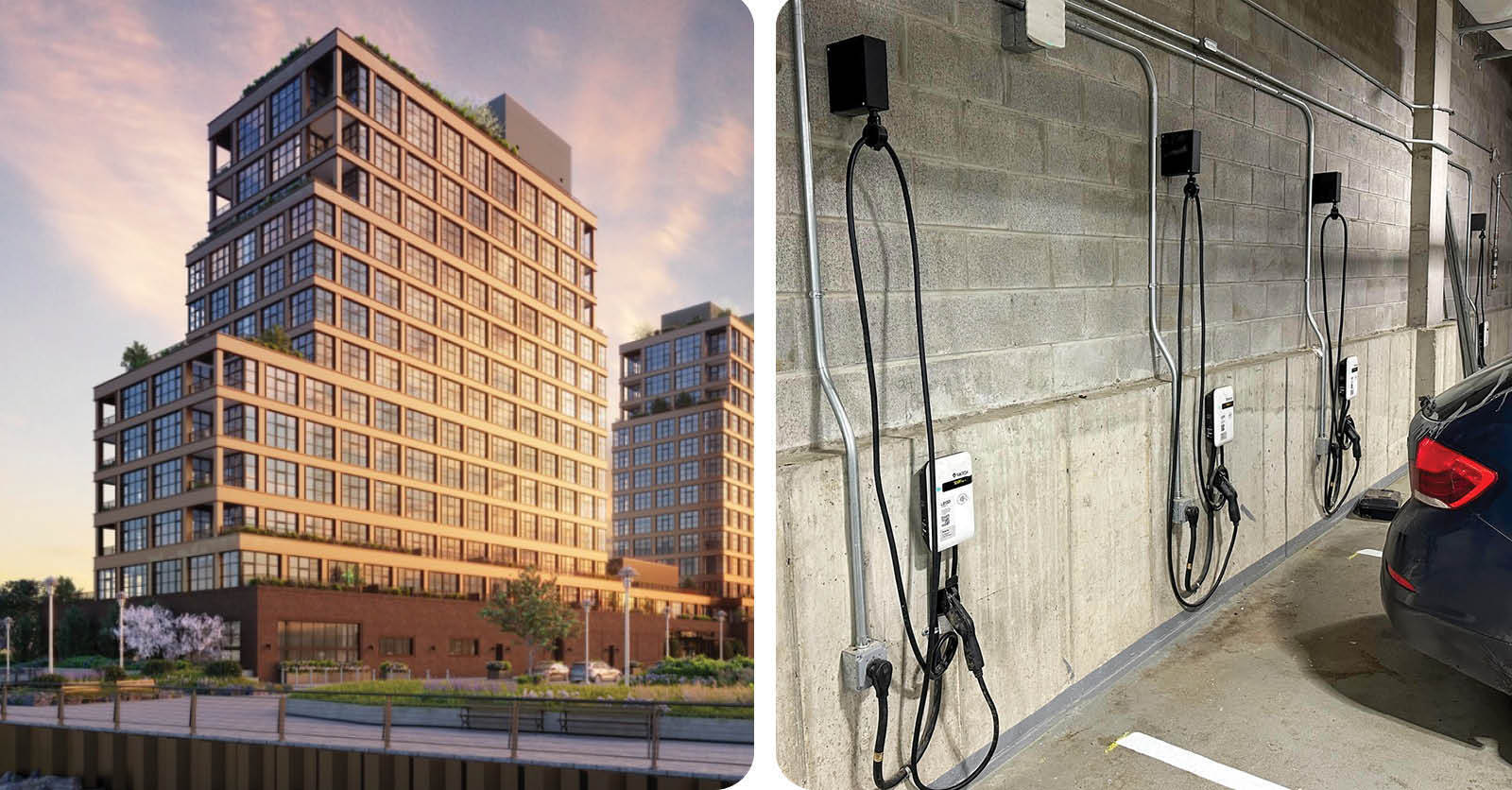
The Window Is Narrowing
This opportunity exists because, though there are inherent difficulties in public charging, property owners haven’t yet recognized that they can offer a charging experience that many EV drivers will vastly prefer.
But market recognition is accelerating. As more property owners understand the revenue potential and competitive differentiation possible through superior charging experiences, first-mover advantages will diminish.
The properties that act now—while incentives are maximized and competition is minimal—will establish positions that become increasingly difficult to replicate as the market matures.
Ready to install reliable EV charging your tenants will love?
Contact us today to get started!
Frequently Asked Questions About Property-Based EV Charging
Q: What’s the typical payback period for property owners investing in EV charging?
A: Most properties see payback within 3-5 years through premium rents, increased occupancy rates, and revenue sharing from charging fees. Properties in high-EV adoption markets often achieve payback in 2-3 years.
Q: How much electrical capacity do I need for EV charging infrastructure?
A: Advanced load management solutions, such as our own SWTCH Control, can help you install as many chargers as you need without any electrical upgrades required.
Q: What happens if a non-EV driver parks in a charging spot?
A: Modern charging systems include violation management features that can photograph violators and integrate with towing services. Many properties also implement clear signage and lease addendums that establish charging spots as restricted spaces with consequences for misuse.
Q: Who handles maintenance and support when chargers break down?
A: With Charging-as-a-Service models, the provider handles all maintenance, repairs, and 24/7 driver support. Property management teams aren’t responsible for troubleshooting charging issues – the service provider manages the entire operation remotely and dispatches technicians when needed.
Q: How do I handle billing for residents or tenants who use the chargers?
A: Networked charging systems provide automated billing directly to users based on actual electricity consumed. Property owners never have to manually calculate usage or send invoices – the system handles all transactions, reporting, and payment processing automatically.
